Template holes have become a buzzword that signals a shred of golf course architecture knowledge. A divergence from the discussion of the influence that an individual template has on golf architecture. Living in a state like Texas, I’m exposed to very little template golf and tend to hold the versions I do play in high regard even though I’m not entirely sure why. This is due, in part, to a lack of experience with templates and simply going along with the status quo that template golf is good golf. Having never played a Seth Raynor, C.B. Macdonald or Charles Banks design, I found myself in this dilemma. That changed a couple weeks ago when I visited Lookout Mountain Golf Club. It wasn’t until playing some of Raynor’s templates and hitting multiple shots around the greens along slopes that I was able to better understand the genius of their designs.
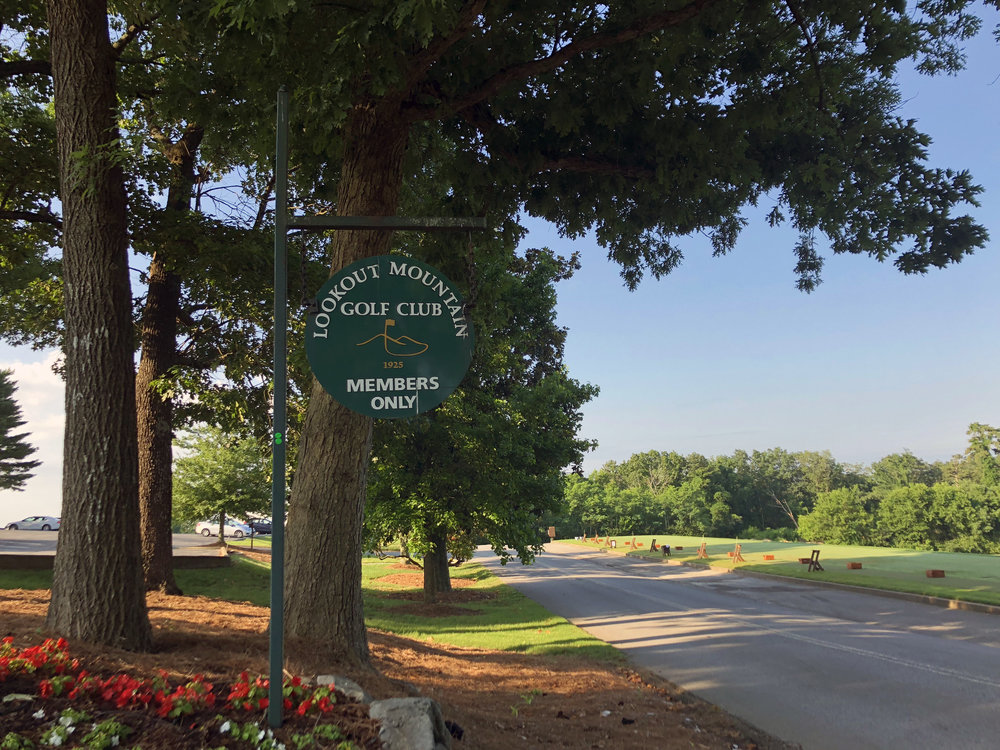
Lookout Mountain wasn’t only my first endeavor into the world of template golf. To a degree, it was my first jump into the world of Golden Age design. Going into the round, I really didn’t know what to expect.
My first reaction was awe, for the property that the course was routed on. As the name would suggest, it’s a mountain. I can only imagine the difficulty in getting cars and machinery up the 1,200+ foot incline in the early 1920s or even dreaming up the idea of building a golf course on a mountain! The engineering feat of Lookout Mountain adds to the legacy of Seth Raynor, who by trade was a land surveyor and never knew of golf until running into C.B. Macdonald prior to his construction of NGLA.
My experience with mountain golf is a complex one, I appreciate the views that it offers, but the over-the-top architecture usually takes away from the experience. It is typically a good one-time experience but never leads to me wanting to go back for more. Lookout Mountain is different. While most mountain golf is forced and contrived, Raynor seemed to effortlessly blend his holes with the natural movement of the land. It yielded great architecture to go along with great views delivering one of the most memorable rounds of my life.
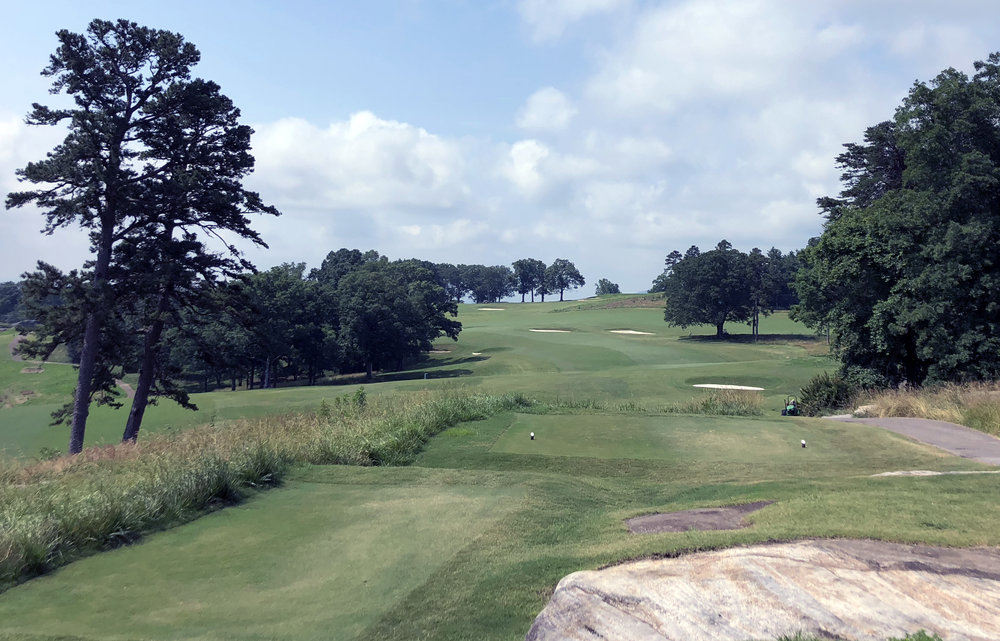
The 6,602-yard par-70 course showed itself to be a valiant test of strategic golf. Tee to green, every club in my bag was used. Around the greens, I found myself having to hit different types of pitch shots rather than just reaching for the lob wedge like most Texas courses. It would be easy to get lost in the mountain views and excellent condition of the course, but Raynor kept my attention thanks to the strategic design and the intricacies of individual templates.
Brief history of Lookout Mountain
Originally built as Fairyland Country Club, the design of the course would be contracted to Seth Raynor in 1923. Lookout Mountain cost $400k to build, a total that made it the second most costly golf course construction, second only to Raynor’s design of Yale. The development of the club was led by Garnet Carter, whose vision was a grandiose resort that would rival the likes of The Greenbrier and Pinehurst. Fairyland hit troubled times between two events – the unexpected death of Seth Raynor and the start of the Great Depression. Raynor finished his routing of Fairyland a few months before he died but never saw ground broken on the site. Fairyland Country Club instead was completed by Raynor’s protégé, Charles Banks. More trouble came to Fairyland shortly afterwards when eight holes were washed out after the golf course was seeded.
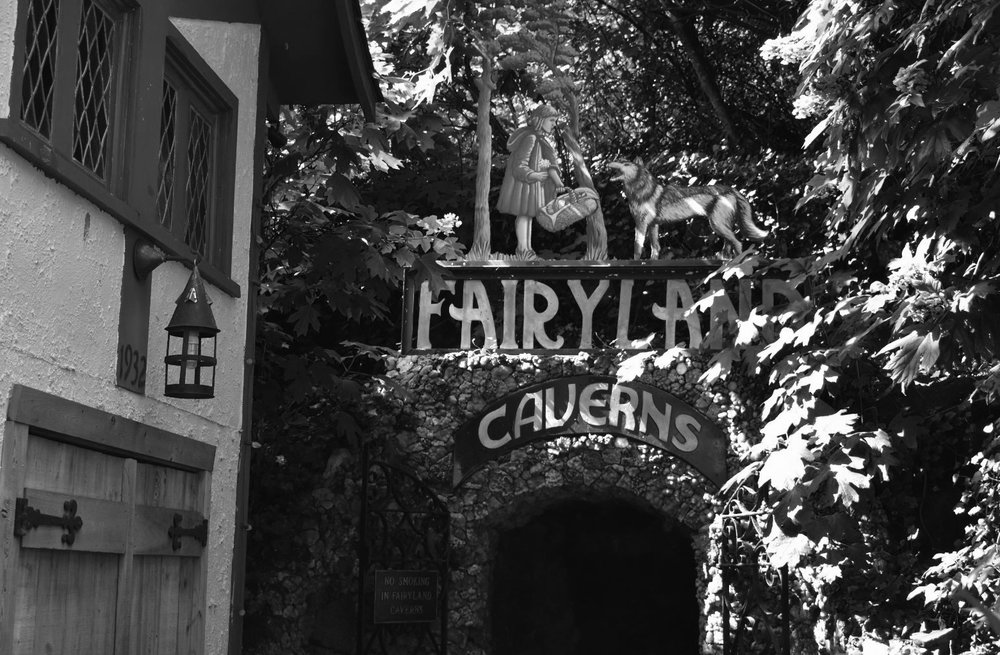
Thanks to the delays in opening, Garnet Carter had to find an interim way to attract visitors to Fairyland. It led Carter to invent miniature golf, or as he called it, “Tom Thumb Golf.” While smaller versions of golf had been around for some time, Carter expanded it to what we think of as mini golf today with pipes, decorations and various obstacles. Starting the boom of mini golf in the late 1920s, Carter quickly earned enough money to build yet another tourist attraction on Lookout Mountain called Rock City. Unfortunately, the original Tom Thumb course at Fairyland no longer exists.
Over the years after opening, Fairyland lost its Raynor soul. The club formed a Raynor committee in 1995 with the purpose of bringing back the design’s original intent. With the help of golf course architect Brian Silva, the restoration started in 1997 by adding nearly 50 bunkers that were never implemented by Charles Banks. Next were the green complexes, regaining the original green pads and breathing life into the Double-Plateau green, the kicker on the Redan, and defining contours of the Alps/Punchbowl. The revitalization of the course has brought Lookout Mountain back to relevancy. The club now owns a restored Raynor design in what might be the most unique setting.
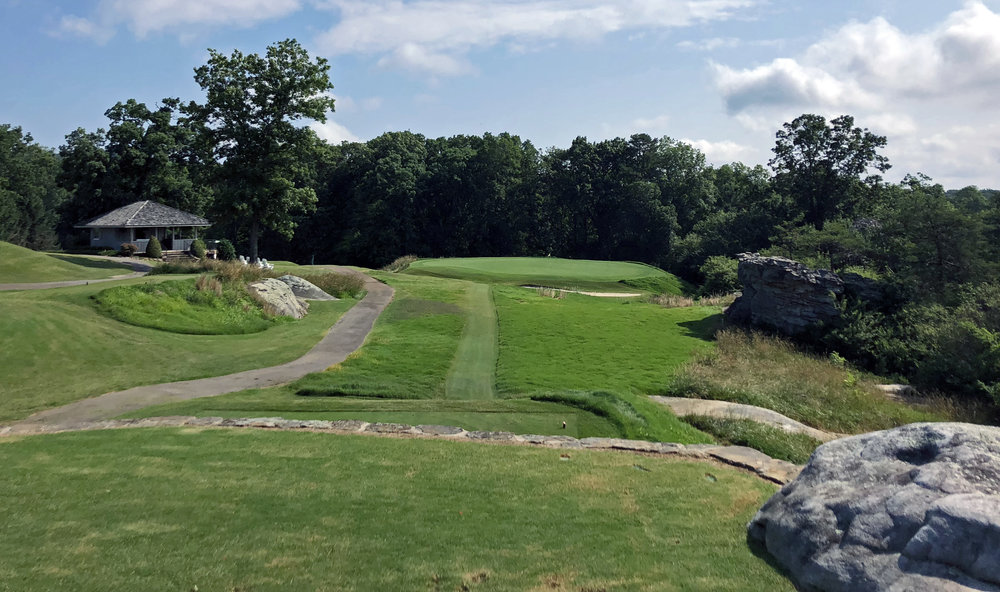
Falling in love with template holes
I love the variety they ensure. I stressed this to a couple of my playing partners; templates force players to hit a lot of clubs and shot shapes. The par-3s play a variety of yardages, 224 (Biarritz), 126 (Short), 203 (Redan), and 170 (Eden) yards, testing everything from a wedge to a wood. Not only is there variety in length, but wind as well. Lookout Mountain’s par-3s play in four different directions.
I imagine templates allowed Raynor to situate holes almost as if it were a puzzle. You can route the course by taking advantage of the natural features first and connect the holes piece by piece with templates that fit the terrain and flow of the course.
There is a faction of golf architecture nerds who believe that template golf is unoriginal. I find that untrue, if anything, template holes could provide a bridge for that golfer to begin to recognize and understand architecture. In studying template holes, I have found it interesting to see how Raynor and Macdonald each courses land differently. The short hole at Lookout Mountain is far different than the flat land of Chicago Golf Club or the ravine of Shoreacres. At Lookout Mountain, the Alps hole 11th is as unique and dramatic as any in golf with the mountain backdrop elevating the template’s excitement. Behind the beauty of the hole is a tried and true strategic hole that delivers fun and thoughtful golf on any type of topography.
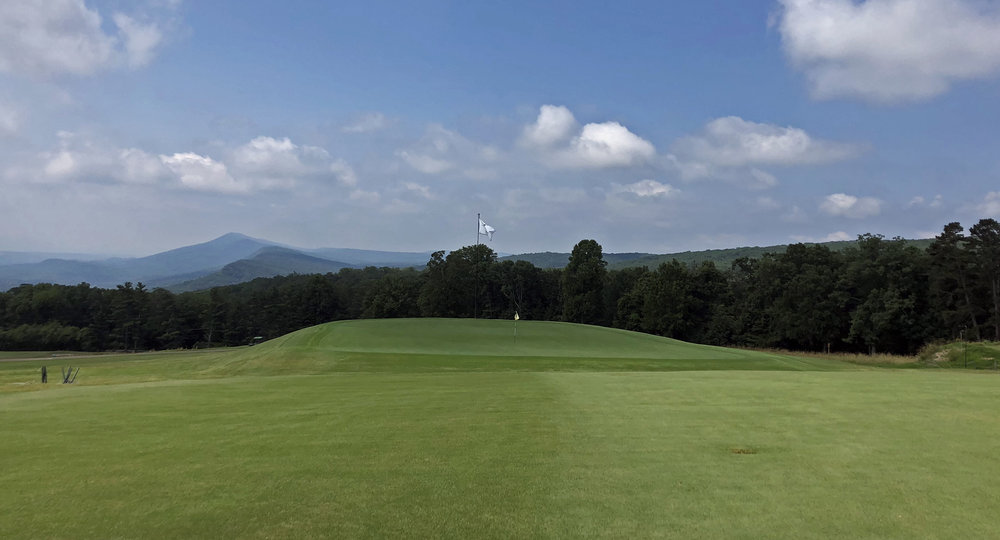
The famed Alps hole at Lookout Mountain
Most importantly, I found template holes to be inspiring. After playing Lookout Mountain, I can’t wait for my next foray with Raynor, Banks or Macdonald and their templates. I played Sweetens Cove before (and after) playing Lookout, and it spurred conversations comparing versions of templates and just how good they can get. The obvious comparison of templates between the two courses are the Redan. At Sweetens, players face a 148-yard Short/Redan template hybrid that tests the nerve and accuracy based on their line off the tee. At Lookout Mountain, players face a visually intimidating yet beautiful 203-yard shot that adheres closer to the typical Redan look. Both holes have the same principles with their variant looks but have a vastly different role in the flow of the course and routing with their status as a scoring opportunity. The three-dimensional aspect of templates such as this spark an aspiration to experience other templates and grow golf course design knowledge.


 by
by 
